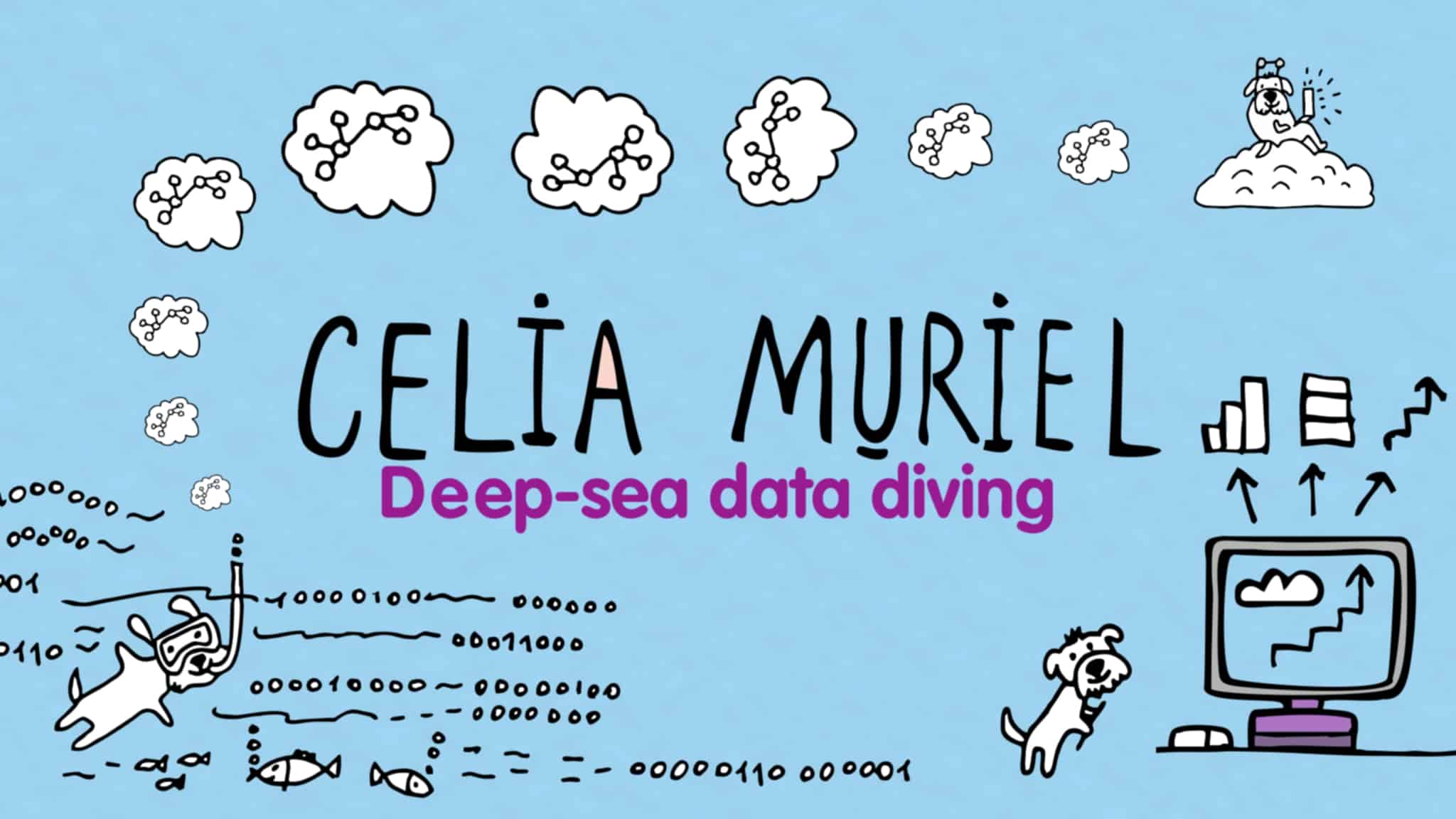I have extensively discussed VantageCloud Lake elements. They provide Cloud-native features to your analytical ecosystem, including the flexibility that scaling provides. In this post, I present two cheat sheets to summarise the impact of scaling, one for the Compute Clusters and the other for the Primary ones.
Scaling the Compute Cluster

Teradata designed the Compute Clusters to quickly and cost-effectively adapt to workload demands, among other features. Thus, the Compute Cluster is the preferred element for scale in the Lake architecture.
As you can see in the cheat sheet above, you can scale out and in (change the number of nodes) in the Compute Cluster either by Autoscaling or by changing the Compute Cluster size (T-shirt size) through the Compute Profile. Either way, you can scale any Compute Cluster in a live VantageCloud Lake instance without an outage in your workload.
However, as of July 2024, the Compute Clusters do not scale up or down (change the node type).
Scaling the Primary Cluster

Teradata designed VantageCloud Lake to run only the tactical queries (the ones that access a row through the Primary Index) and some internal processes in the Primary Cluster. You should move the rest of your workload to the Compute Clusters.
Even though the workload in the Primary Cluster is expected to be relatively stable, you may need to scale it occasionally, either because your workload increased or because you migrated the workload in phases to the Compute Cluster and fewer queries are running in the Primary Cluster.
So, when needed, you can scale up and down (change the instance type) in the Primary Cluster through an in-place mechanism, which requires minimum downtime. The Session Manager will safeguard the active queries and sessions.
Finally, as of October 2024, the Primary Clusters do not scale out or in (change the number of nodes), nor can they be expanded (change the number of AMPs and PEs).
This article was amended on 21 October 2024 to correct the information about the Primary Clusters. Up to this date, Teradata supports scaling up/ down only on the Primary Cluster. It doesn’t yet support scaling out/ in, as previously said. I also corrected the infographic.


Leave a Reply